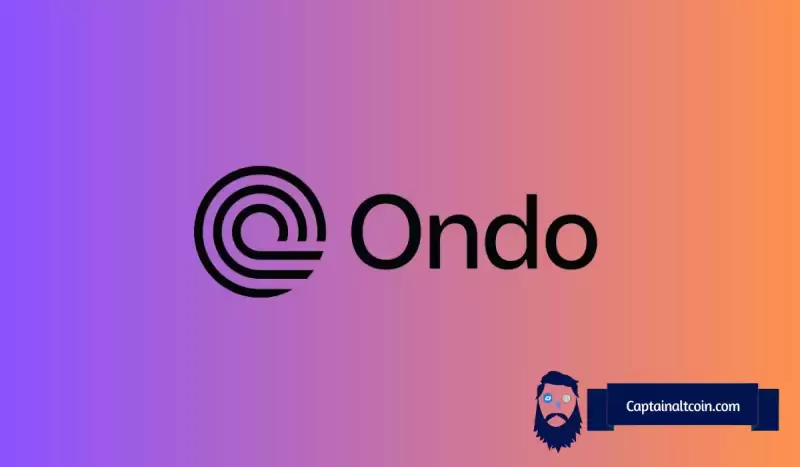 |
|
 |
|
 |
|
 |
|
 |
|
 |
|
 |
|
 |
|
 |
|
 |
|
 |
|
 |
|
 |
|
 |
|
 |
|
Single Sign-On (SSO) ID is an authentication method that enables users to log in to multiple applications and websites with a single set of credentials.

Single Sign-On (SSO) ID is an authentication method that allows users to log in to multiple applications and websites with a single set of credentials. This system is designed to improve security, reduce password fatigue, and enhance user experience.
SSO ID typically works by having a user authenticate once with an identity provider, such as Google, Apple, or an enterprise's own system. This identity provider then grants an authentication token that can be used to access connected applications without requiring the user to re-enter their login details each time.
SSO ID offers several advantages over traditional login systems. For instance, it is significantly more secure, especially when combined with multi-factor authentication (MFA), and it puts less strain on users by eliminating the need to remember multiple passwords. Moreover, SSO ID simplifies IT management compared to traditional login systems.
There are two main types of SSO: OpenID Connect and SAML 2.0. Both are open standards for enabling SSO functionality across different platforms and applications.
To set up an SSO ID, users need to choose an identity provider and create an account. They can then link this account to the applications they wish to access. Most identity providers offer detailed guides on how to set up and configure SSO for optimal use.
To maintain the security of their SSO IDs, users should choose a strong password, enable MFA whenever possible, and keep track of the applications connected to their SSO ID. They should also be wary of phishing attempts and report any suspicious activity to the identity provider.
Common issues with SSO ID include problems linking applications, difficulties with MFA setup, and errors during the authentication process. These issues can usually be resolved by referring to the identity provider's help documentation or contacting customer support.
Popular providers of SSO services include Google, Apple, Okta, and Microsoft Azure Active Directory. Enterprise-grade identity providers also exist, such as Ping Identity and ForgeRock, catering to large organizations with complex identity management needs.
Businesses implement SSO to streamline user workflows, enhance productivity, and mitigate security risks. In contrast, users in personal settings encounter SSO on platforms like Google, Apple, and social media, further emphasizing the widespread adoption of this technology.
As technology progresses, we can expect to see even more sophisticated and user-friendly SSO solutions. These solutions will likely integrate seamlessly with emerging technologies like the metaverse and Web 3.0, ensuring a seamless and secure login experience for all.
Disclaimer:info@kdj.com
The information provided is not trading advice. kdj.com does not assume any responsibility for any investments made based on the information provided in this article. Cryptocurrencies are highly volatile and it is highly recommended that you invest with caution after thorough research!
If you believe that the content used on this website infringes your copyright, please contact us immediately (info@kdj.com) and we will delete it promptly.
-

-

- Bitcoin (BTC) price breaks above $85,000 as institutional investors continue to accumulate the digital asset
- Apr 02, 2025 at 03:45 am
- The price movement comes as markets anticipate President Donald Trump's upcoming tariff announcement, with some reports suggesting the measures may be less severe than initially feared.
-

-

-

-

-

-

-

- Ripple (26) and Ripple (27) wallets each unlock 1 billion XRP
- Apr 02, 2025 at 03:25 am
- Ripple's strategic management of its substantial XRP holdings has long been a focal point for the cryptocurrency community. The company's escrow system, designed to facilitate a controlled release of its XRP, plays a crucial role in balancing market liquidity and investor sentiment.
























































